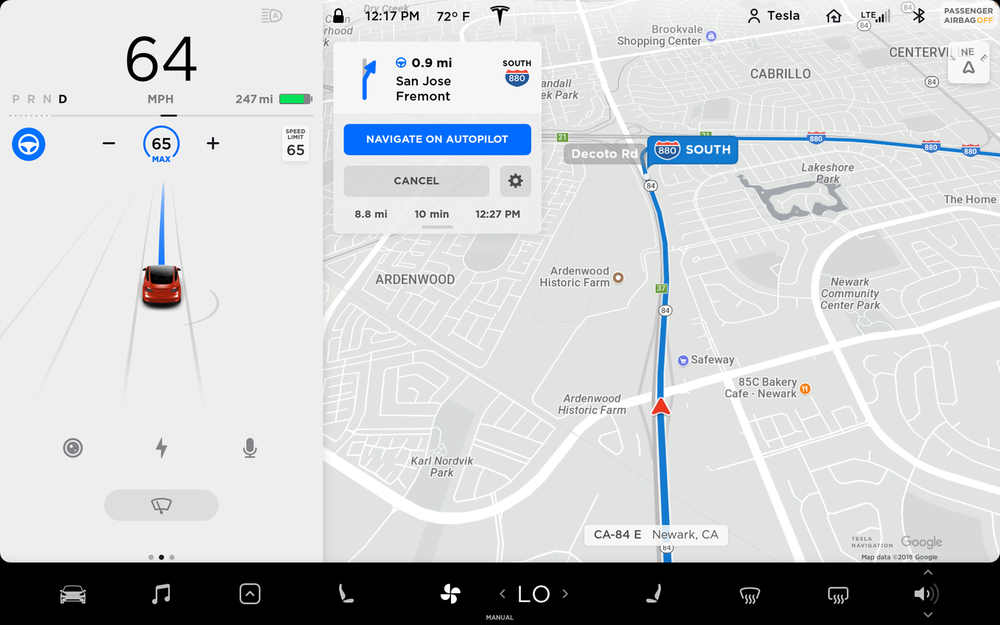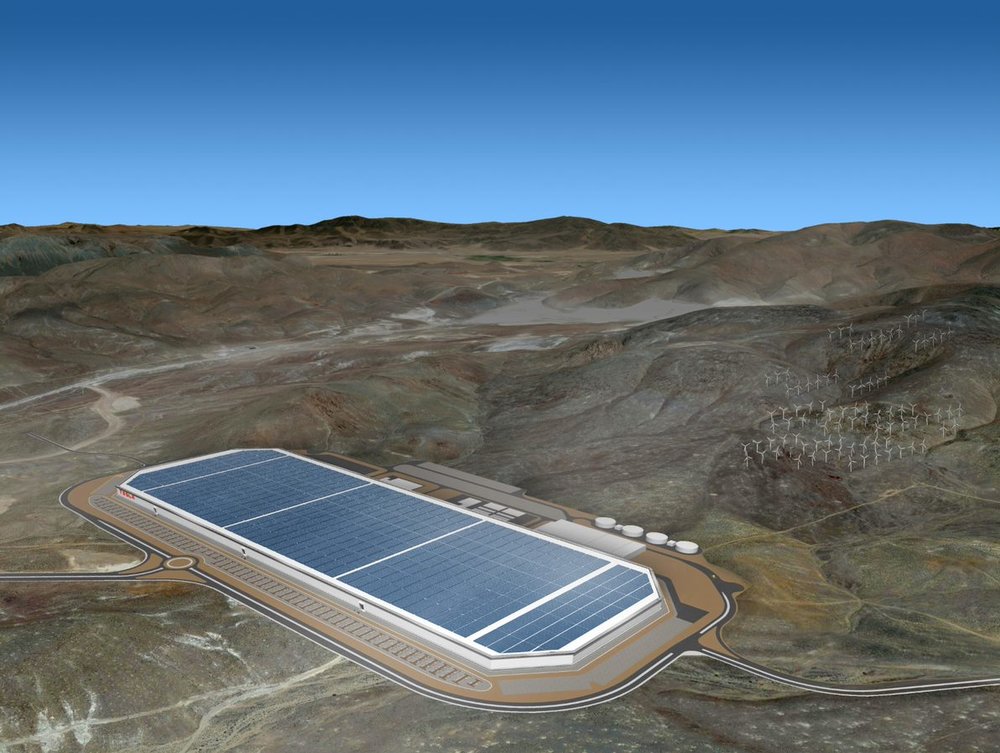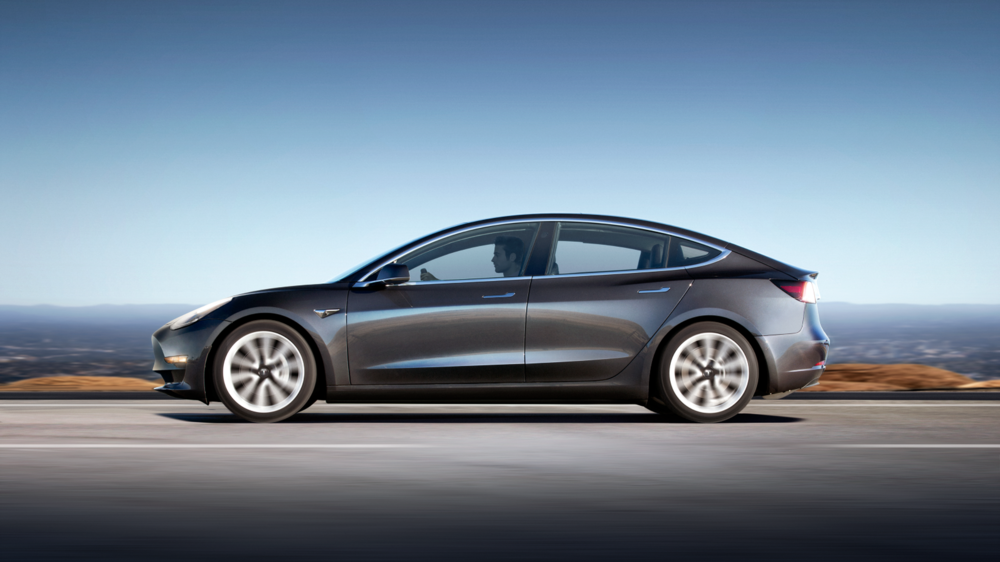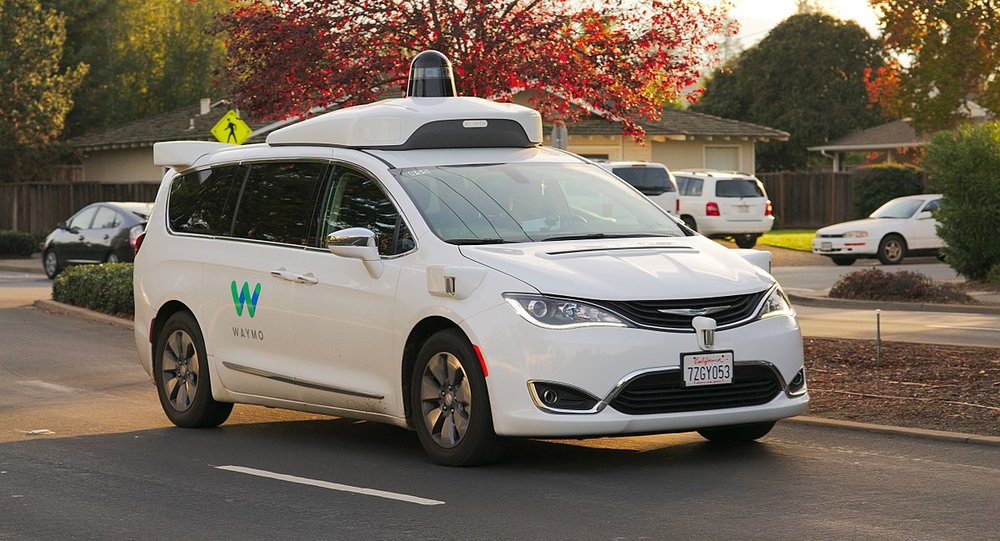Tesla’s Autonomy Day was last week, and between all the talk of computer chips and robotaxis and lease agreements it can be quite difficult to see the big picture. Thankfully, JET Charge is here to help. We’ve swept the web for news and commentary to try and piece together what Tesla are promising for the future of autonomous driving and car ownership — and whether they can deliver.
It starts with Autopilot
Tesla’s plan can be hard to decipher, so we’ve broken down the constituent parts to make sense of it. The first element we need to understand is Autopilot; their self-driving software now included as standard with all new sales.
As it functions today, Autopilot is a level 2 self-driving system (for more on the levels of autonomous driving, see our recent explainer here). When activated it can automate most of the tasks of highway driving through adaptive cruise control, lane changing, and responding to traffic.

Tesla have made it abundantly clear that the current version of Autopilot is only the beginning. Last Monday’s Autonomy Day was all about promoting the upgrade to autonomous driving in more conditions, with the intention of providing full self-driving capability to up to 1 million Teslas by the end of next year.
Even with some incredible growth Tesla couldn’t hope to deliver 1,000,000 new vehicles in 2020. Their plan is to upgrade the software of the existing fleet, the hardware of which they believe is capable of facilitating the new system.

But self-driving isn’t the end of it. Not only do Tesla want cars driving themselves, they need to sell themselves. They’ve announced plans to compete with ride-share heavyweights Uber and Lyft with the “Tesla Network”, a fully-automated ride-hail platform that will allow owners to send their cars off and give paid rides in their absence.
Enter the Network
The Tesla Network, as it’s been described, would function unlike anything ever attempted before. When (or if) fully autonomous driving becomes available, Tesla will give owners the option of joining the Network to give rides in their vehicle while they aren’t using it. Given that most cars are idle for 90-95% of the day, this capacity has the potential to revolutionise both ridesharing and car ownership.
And it might not just be owners that stand to benefit from this system. Tesla intends to use leasing for the benefit of customers and themselves as a foundational element of the Tesla Network. The first stage of their plan is already in action; Model 3s are being offered on 3-year leases without the option to buy on completion.

Leasees will be able to use the Network to offset their monthly costs and Tesla will use ex-lease vehicles to build its own fleet for areas underserved by owners. This could be a particularly ingenious move; the lease period could cover the manufacturing costs over the most lucrative early years of the vehicle, requiring a comparatively minor expense to prepare it for a new life as a robotaxi later.
So can it be done?
For now, at least, there is no Tesla Network. This entire plan rests on the capacity of Tesla’s hardware to deliver on Elon Musk’s bold promises, something that many commentators remain skeptical of.
Tesla’s autonomy day reveal included a comprehensive look at their custom FSD (full self-driving) computer. Their on-board chips, in conjunction with the vehicle’s cameras and radar, provide the hardware Tesla claims is powerful enough for level 5 autonomous driving.

Even with last week’s developments, Tesla’s position in the autonomy race is contested. Many automakers insist full self-driving is impossible without LIDAR, and others have cited Elon Musk’s history of broken promises. Tesla have been charging for FSD potential in their vehicles since 2016, so refunding the difference will prove extremely costly if they fail to deliver on the promise.
They’re also not the first ones to the robotaxi contest. Alphabet Inc. subsidiary Waymo has offered autonomous taxis in Phoenix since last year, and rideshare heavyweights Uber and Lyft are both operating their own self-driving tests in select US markets.

But even if they can deliver the technology, the battle is not won for Tesla. Transport legislation has been designed exclusively for human drivers, so launching autonomous vehicles on public roads will require significant collaboration with regulators.
Self-driving cars with no human supervision will be even harder. Court systems worldwide will bear an enormous burden as they’re forced to establish case law around entirely new models of vehicle control and ownership. These judgements could fundamentally reshape the way drivers, passengers, and pedestrians interact on public roads.
This might be the point that stalls Tesla’s vision of autonomous driving. However capable their hardware is, and even with fully developed software, the gears of government and legislation are unlikely to turn fast enough for a full 2020 rollout. But whether the Tesla Network and robotaxis come to fruition or not, the future of autonomous vehicle technology is bright.
Do you think Tesla can deliver an autonomous taxi network by next year? Or is it wishful thinking? In the meantime, you can check back at https://jetcharge.com.au/blog for more news from Tesla and other EV automakers.

